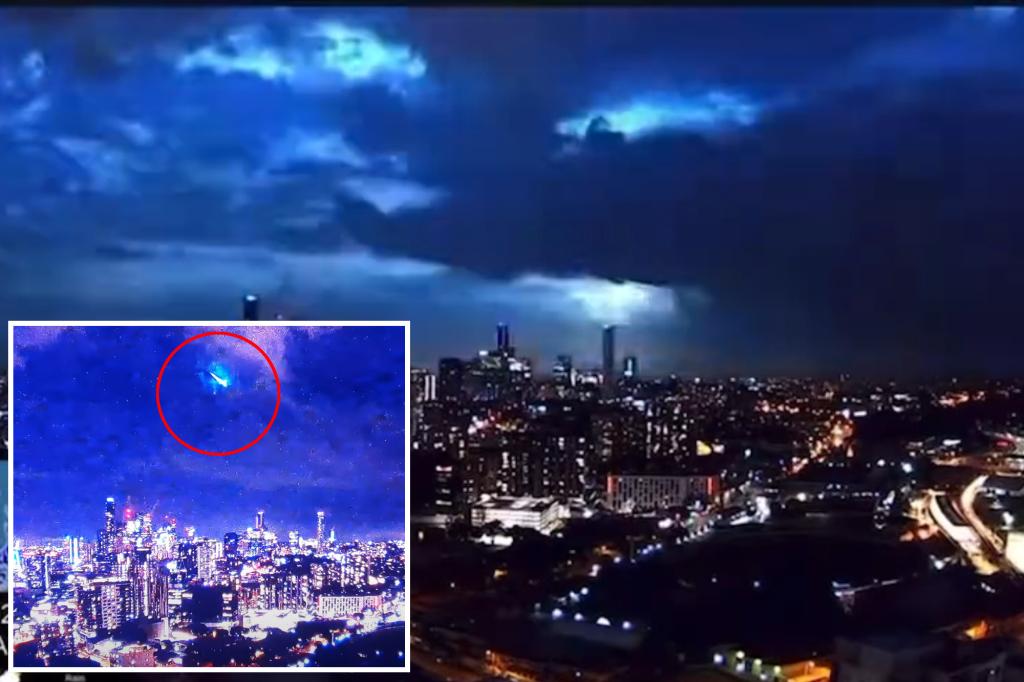The Australians have been treated with a rare sighting of a meteor shower, which illuminated night skies in the east of the country on Monday night.
The astronomical phenomenon was part of the Lyrid meteor rain that occurs annually in April.
One of the oldest meteorite showers on the planet, with sightings that date back to 687bce, the burning rocks illuminate the sky from Bundaberg in Queensland to the center of New South Wales, with some so south of Melbourne watching a dazzling show.
Around 7:30 pm on Monday, the generally dark heavens lightly light up while the burning meteorite accelerated Brisbane.

Several lucky residents were able to capture the incredible view of the camera, saying that they heard strong bangs and saw bright brightness in the heavens, which led some to think that it was a storm.
“I thought it was a ray,” wrote a witness on social networks.
Others described seeing a “green flash” between the clouds, and some reported that they heard “a massive boom” near Stanthorpe, near the border of Queensland-Nnsw.
The meteorite was seen further south in NSW and Victoria, with some residents in Sydney and Melbourne witnessing the astronomical view.
“We are camping near Kyogle and it was as if someone lit a giant light switch for about two seconds,” wrote a person on social networks.
“It was bright white with a green tail, and it seemed so close that I thought I had hit the roof of a nearby house,” added another.

A resident in Sandy Flat, NSW, said they felt that the whole house shook when the meteorite passed over.
“I saw the flash from the lounge window and shortly thereafter listened to a great explosion, shaking the house like a bad thunder,” they said.
Another person who was driving from Cooran in Queensland “thought that someone has huge high rays.”
Lyrid meteorites occur once a year, usually between April 16 and 29, although the peak occurs from April 22 to 23 and can be seen with the naked eye.
Unlike the usual meteors, which leave a long and bright dust path, Lyrid’s meteorite is shown as a series of bright flashes, known as fireball.
Stargazers acute who lost their sight radiant on Monday night will have another opportunity to catch it again Tuesday night.


